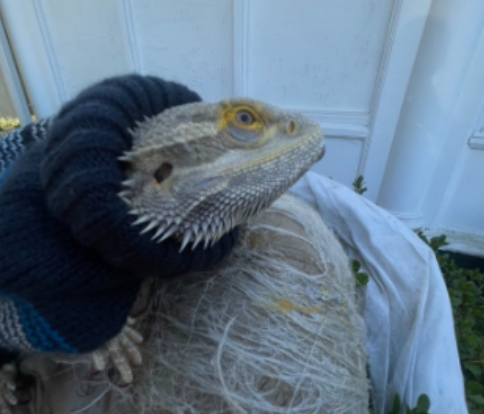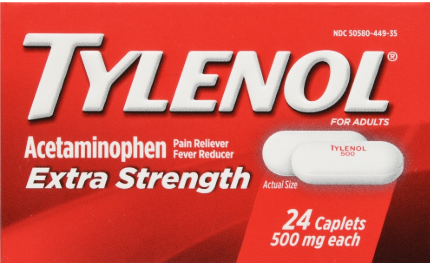In 1938, the United States Food, Drug, and Cosmetic Act was authorized, permitting companies to test cosmetic products on animals. This legislation intended to validate human safety, even if that meant inflicting unethical harm on animals. While the Food and Drug Administration does not directly require animal testing in the name of safety nor are cosmetics subjected to FDA marketing approval, they do advise corporations to employ whatever testing they deem pertinent to vindicate the safety of their products.
Most present day makeup manufactures were established during the 1920s and 1930s while companies were still developing innocuous formulas for their products. At this point, makeup was freshly added to the marketplace and Americans were still transitioning from homemade toxic lipsticks to commercialized store-bought cosmetics. With this in mind, it is understandable that companies resorted to animal testing for security. Yet a century later, in the age of rapid technological and scientific advancement, a plethora of international companies are still using animal testing as the framework of their product development.
Animals that are “purpose-bred” for experimentation in facilities endure a series of painful tests, suffering immensely under minimum standards of care. They are typically isolated and under constant stress, which in itself can misrepresent data. If the animals don’t already die of chronic illness or negligence due to chemical exposure and carelessness, they are killed and disposed of immediately after experimentation. There aren’t even accurate statistics displaying how many lab animals die annually because that information is highly suppressed by companies who commend animal testing. It is exceptionally rare for animals to recover and get adopted after their “purpose” is served in a laboratory.
The primary reason animal testing still occurs is because companies essentially want to put any product on the market, regardless of toxic ingredients. They collect data from animal tests in order to potentially defend themselves against customers that might sue them (classic C.Y.A. decorum). In many cases, however, courts have ruled that the results of animal tests are not directly linked to people. The notion that animal tests are necessary to prevent health issues and treat humans is a false dichotomy. Deficient animal studies often poorly prognosticate human reactions to chemical exposure. In the Journal of the Royal Society of Medicine (2009), Michael Bracken notes that, “many animal experiments are poorly designed, conducted and analyzed. Another possible contribution to failure to replicate the results of animal research in humans is that reviews and summaries of evidence from animal research are methodologically inadequate.” This affirms that animal experimentation is futile, even from a corporate perspective because it fails to protect companies; rather it simply encompasses time, money, and resources that could go towards developing natural, safer products.
Aside from the flawed logic companies use to diffuse responsibility, the unreliable data collected from animal tests is not even considered when manufacturing a product. Cosmetic products that blind and poison animals are often retailed nonetheless. Companies solely use the fact that the products have been tested to get away with putting anything on the market in order to generate the most revenue while appearing conscientious. Safety isn’t at the heart of animal testing, but rather having the power to manipulate people’s perception of the quality of products while simultaneously making the quickest buck.
Copious amounts of animals are killed yearly after inhumane, discomforting tests are carried out by the cosmetic industry in attempt to examine the hazardous chemicals in their products. Facilities that engage in animal testing employ unsafe disposal methods of dead animals and whatever dangerous chemicals were used with them. As a result, biohazards and radioactive material are released, polluting the environment. Other negative environmental effects include soil and groundwater contamination, contributing to current issues within the public water supply issue. It is certain that companies do not have this in mind when testing chemicals for their cosmetics on animals, nor is any step of the process handled with care.
Additionally, companies that still rely on animal testing don’t realize that the century old ineffective method of product development is actually putting a restraint on scientific advancement. Besides using healthy, safe or natural ingredients that have already been ceaselessly tested and proven effective, scientists can base their experimentation upon the study of isolated human cells, in place of animals. Advanced computer systems utilizing chemical databases can also predict the toxicity of chemicals used in products, significantly reducing the need for animals in laboratories. Some research centers and agencies seeking alternatives to animal testing, like the National Institute of Environmental Health Sciences (NIEHS), are working towards such toxicology methodologies. Refocusing the study of human reactions on human biology, rather than animals, is crucial for the future of biomedical research. With the help of advanced scientific databases, these relevant alternatives are tangible and can be implemented internationally.
The debate on the ethics and effectiveness of animal testing has been ongoing for years. Internationally, forty four countries (most recently, Canada as of July 2023) and several states have prohibited the cosmetic testing of animals. This alone should encourage companies to expand the development of cruelty-free products. It is essential to spread awareness of the detrimental effects of animal testing that exist far beyond the cosmetic industry. Addressing that animal testing has and will never work is one crucial step closer to achieving kindness and efficacy in this modern world.








